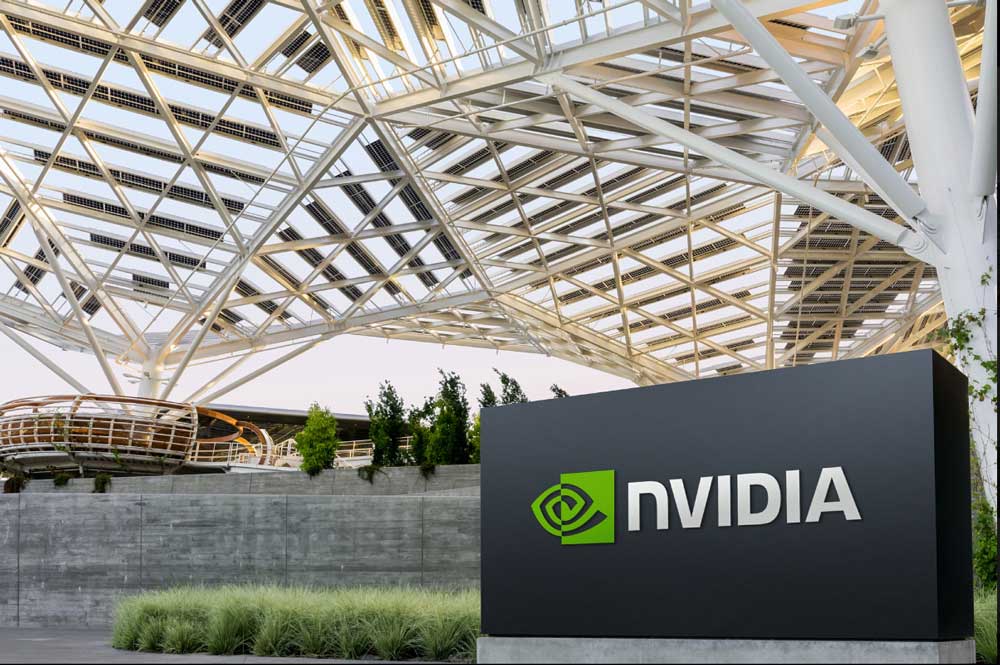The release of DeepSeek-R1, a groundbreaking AI model by Chinese company DeepSeek, has sent ripples across the AI industry, and its impacts are set to dominate Nvidia’s earnings report today. As the leader in AI infrastructure, Nvidia faces a pivotal moment as the market re-evaluates the future of AI model development and the demand for high-powered computational resources.
DeepSeek’s Disruption: A Game-Changer in AI
DeepSeek-R1 quickly became the most downloaded free app on Apple’s App Store, briefly dethroning OpenAI’s ChatGPT. But it wasn’t just a consumer hit — the model’s development strategy sent shockwaves through the AI infrastructure market. Using a leaner budget and lower-end hardware, DeepSeek demonstrated that high-quality AI models could be built with far fewer resources than previously thought.
This revelation caused Nvidia’s stock to plunge by over 15% in a single trading day earlier this year. Investors were alarmed by the potential reduction in demand for Nvidia’s cutting-edge AI chips, as DeepSeek relied on Intel’s Xeon and Gaudi processors rather than Nvidia’s GPUs.
Mohamed Elgendy, CEO of AI platform Kolena, summarized the shift: “DeepSeek’s approach showed that you can optimize your model-building process to require much lower compute power. That has a negative impact on Nvidia.” However, Elgendy also pointed out that the democratization of AI model development could lead to a surge in the number of foundational models, potentially creating new opportunities for AI infrastructure providers.
The Earnings Report: Key Questions for Nvidia
Nvidia’s earnings report will be scrutinized for insights into how the company plans to navigate this rapidly evolving landscape. Analysts and investors are particularly interested in hearing Nvidia’s outlook on the demand for AI chips and data center infrastructure, given the cost efficiencies demonstrated by DeepSeek.
Major tech giants like Microsoft, Google, Amazon, and Oracle — known as “hyperscalers” — account for a significant portion of Nvidia’s business. These companies have historically relied on Nvidia chips to power their AI models, but the rise of low-cost alternatives like DeepSeek may lead to reduced spending on AI infrastructure. Recent reports speculating that Microsoft might scale back its AI data center investments, despite the company’s denial, have further fueled concerns.
Nvidia CEO Jensen Huang addressed these fears in a recent interview, stating, “The market responded to R1 as in, ‘oh my gosh, AI is finished,’ that AI doesn’t need to do any more computing anymore. It’s exactly the opposite.”
The Democratization of AI and Margin Compression
The rise of DeepSeek represents a broader industry trend toward the democratization of AI. Foundation models, once the domain of a few major players with massive budgets, are now being developed on leaner budgets by smaller companies. Elgendy predicts this shift will “10x the number of builders and probably 100x the number of users” of AI technologies.
However, this democratization comes with challenges. Amr Awadallah, CEO of enterprise AI company Vectara, likened the trend to the commoditization of flash drives: “Revenue across the industry will continue to grow, and grow a lot, but the amount of profit that these large companies can extract will go down significantly.” Nvidia, along with other AI infrastructure providers, will need to adapt to an environment of tighter margins and increased competition.
The Role of Infrastructure in a Changing AI Landscape
Despite the newfound efficiency in AI model training, the need for robust infrastructure remains critical. Jad Tarifi, CEO of Integral AI, emphasized this in his book The Rise of Superintelligence: “Even as models streamline, anticipated real-world deployments will ensure a growing demand for powerful computational resources.”
Specialized models tailored to specific industries like healthcare, finance, and pharmaceuticals are expected to proliferate. These models will still require infrastructure for testing, validation, and deployment, areas where Nvidia could maintain its dominance. As Elgendy noted, “The infrastructure here will go back to our old AI machine learning era, where you’ll find specialized AI companies building specialized foundation models, and they all need infrastructure.”
DeepSeek’s Imperfections and Potential
While DeepSeek has sparked excitement, its limitations are also evident. The model struggles with hallucinations, with a 14.3% error rate compared to OpenAI’s GPT-4, which boasts a rate of about 2%. Critics like Awadallah also question DeepSeek’s claim that it cost only $6 million to train the model, suggesting the true cost was likely much higher.
Still, DeepSeek has proven that a new approach to AI development is possible. Its success has inspired a wave of innovation, and more models built on low-cost frameworks are expected to emerge.











